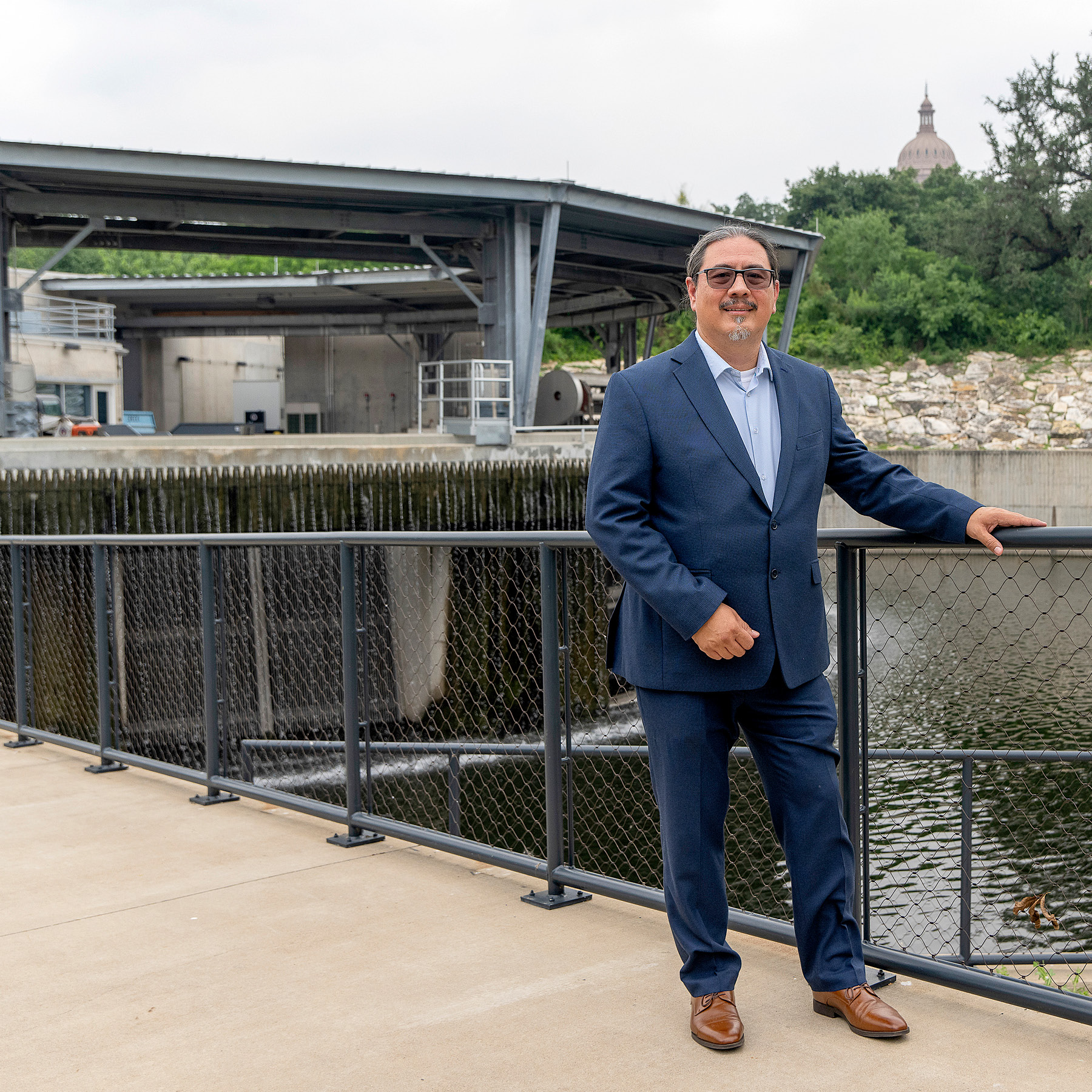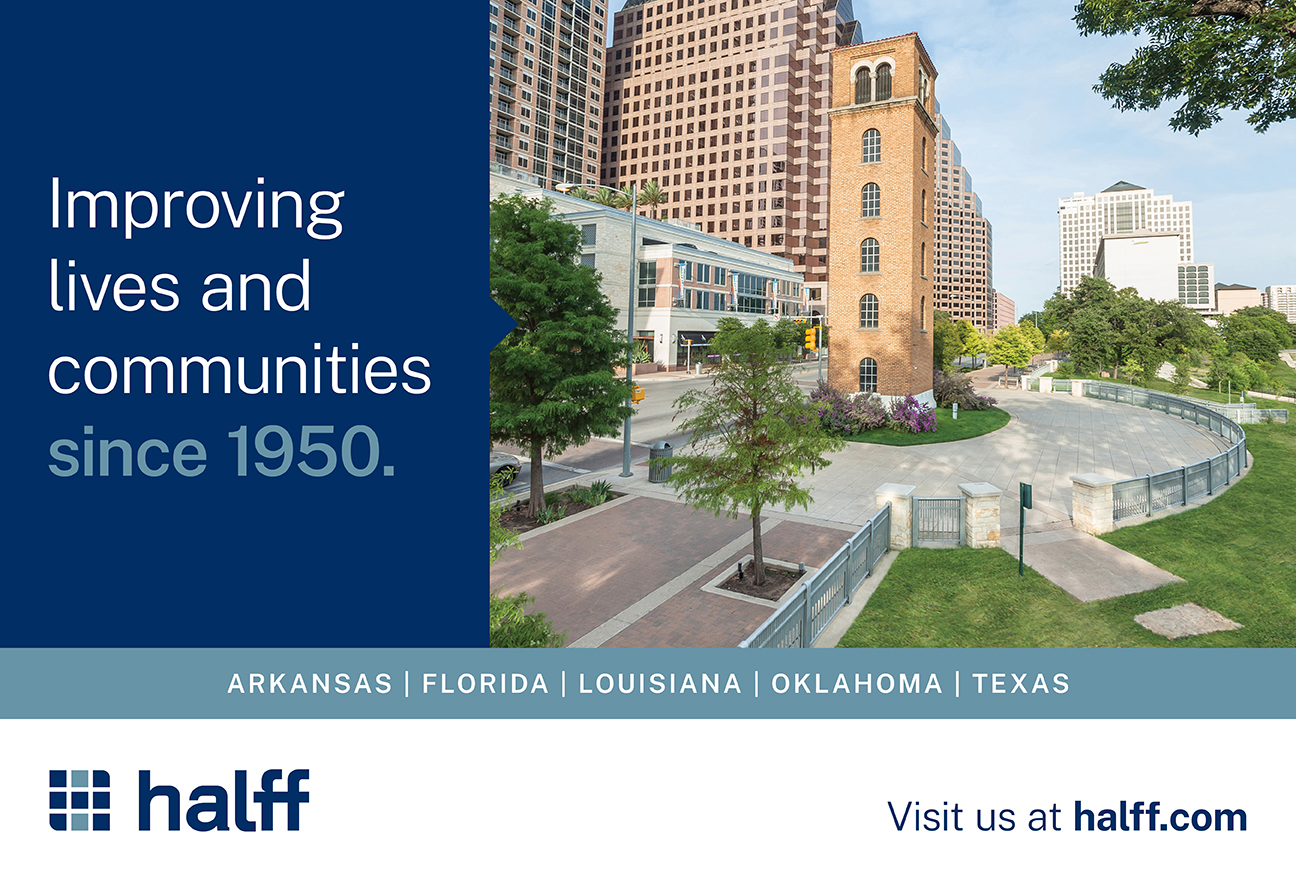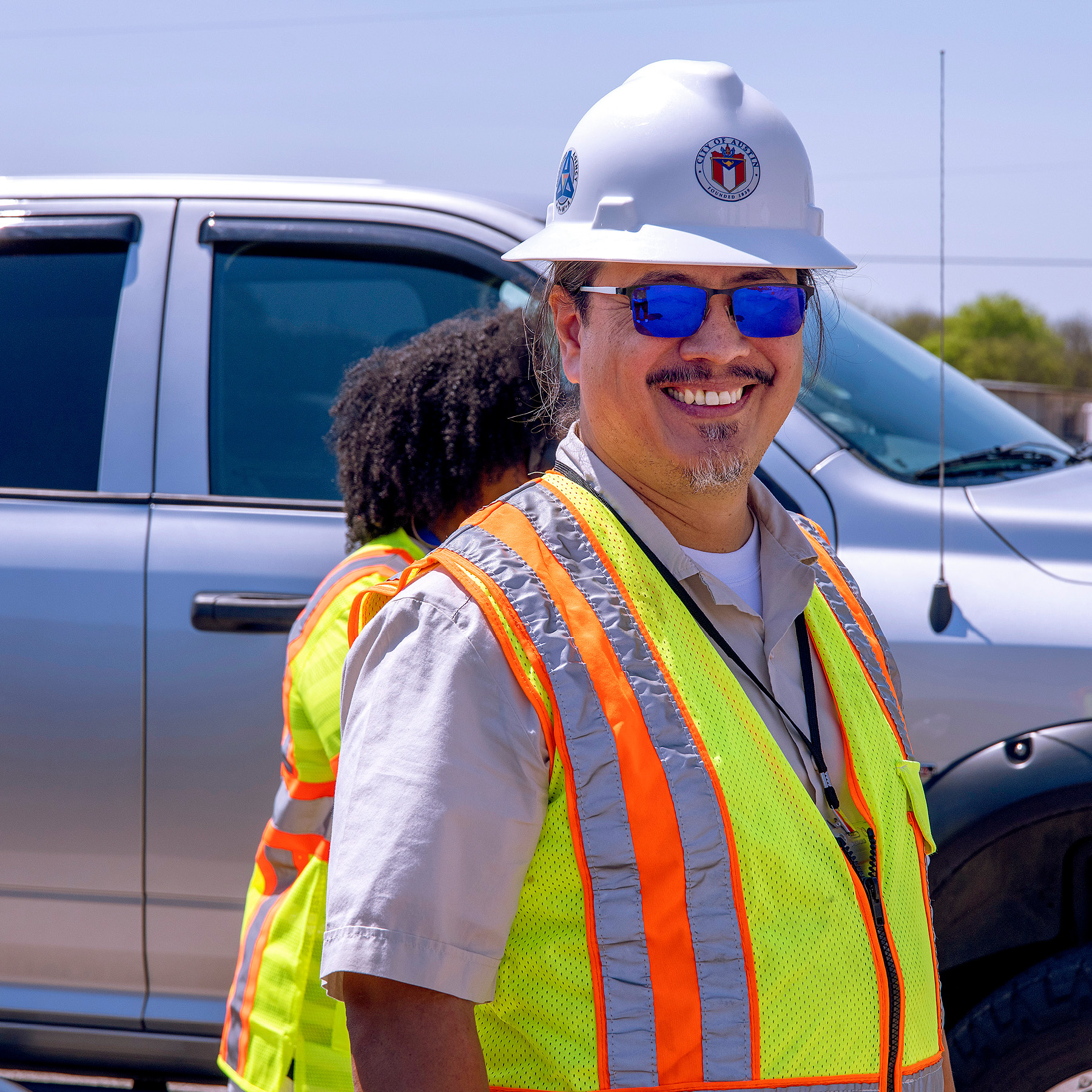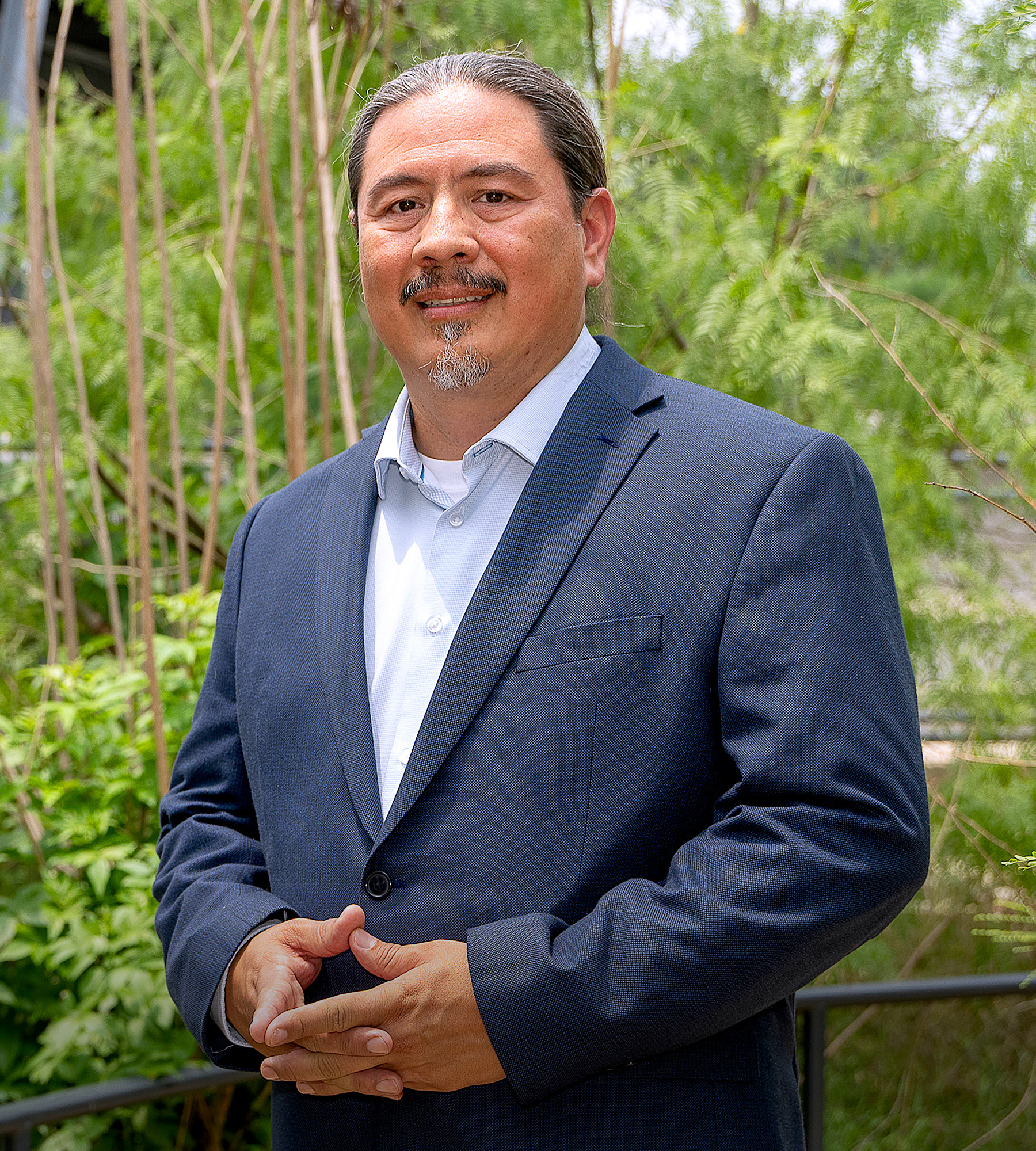Language
You can read the magazine in one of the following languages
The Texan city of Austin has a turbulent relationship with the Colorado River that cleaves it in two. On one hand, the river is a major contributor to the Lone Star State’s economy. For Austin, the river exists as a number of lakes and reservoirs, including Lake Austin and Lady Bird Lake, that serve recreational purposes, and Lake Travis, which acts as a water supply.
On the other hand, however, the Colorado River has subjected Austin to floods on many occasions. The 1981 flooding of Lake Travis reached historic levels that remain records today and left hundreds of homes submerged.

In the wake of that event, Austin’s Watershed Protection Department (Watershed) was established to reduce the impact of flooding and manage the city’s waterways. Its Director since 2019, Jorge Morales, is a Texas native who moved to Austin to raise his young family.
“I started my career in Austin, as a civil engineering student at the University of Texas,” he tells The CEO Magazine. “I actually joined the Army out of high school but later I transitioned from the military to engineering.”
After five years in the Dallas area doing a little bit of everything, Morales moved back to Austin in 2009 with his wife and children.
“I came back to Watershed to work in creek flooding,” he reveals. “That’s mitigating the impacts of creek floods, which are a major issue here in Texas. In Austin in particular, we have intense rains that cause flash flooding.”
For a decade, Morales poured his passion for his work into Watershed, eventually becoming an Assistant Director at the Public Works Department managing the capital improvement projects for the City of Austin.
“I worked on hundreds of projects, a multibillion-dollar portfolio,” he recalls. “But I went back to grad school in 2019 to get my master’s in public leadership, and while I was there the role of Director came up. I’ve gone full circle, from intern to Director.”
Just four months into his tenure as Director, the COVID-19 pandemic struck. Instantly, Morales was forced to implement the leadership lessons he’d taken on over his career.
“I thought it was serendipity. I’d been prepared to lead during this time of global uncertainty,” he says.

According to Morales, leadership has become a hallmark of his approach to the role.
“It’s very important. We influence our workforce. For me, it started with the military,” he recalls.
His style comes down to the four Es: equity, efficiency, effectiveness and empathy.
“The higher you move up in an organization, the clearer you have to be about who you are and how you lead,” he explains. “You have to be vulnerable and put it all out there. Just be who you are, don’t try to be somebody else.”
Morales’ blend of leadership and experience has helped Watershed prepare an update to a robust 10-year plan that is set to be completed next year.
“We wanted to focus on engaging the community that hasn’t been represented,” he says. “We worked with our planning division and other departments, and worked with the community to get feedback on a clear and robust mission that currently states: ‘to protect lives, property and the environment of our community from the impacts of flooding, erosion and water pollution.’”
Alongside this is a constant feedback and reevaluation process that asks the hard questions.
“Are we who the community needs us to be? Are we prioritizing what’s important?” he reflects. “We’re in the second phase of that strategic plan now, synthesizing the feedback we received and using it to align ourselves with the community’s intent.”

That feedback comes through nonprofits, community leaders involved in Watershed’s ambassador program, and people who are already a part of the community.
“We may have thought we were doing a good job in certain areas, and we’ve received feedback to the contrary. So guess what? We have to change our strategies to do a better job, and that’s where we are now,” Morales admits.
Watershed has done a lot of work, particularly with partners such as Halff, to become a high-performing organization. It’s befitting of Austin, now the 11th largest city in the United States and one that tends to double its population every 20 years.
In the meantime, the floods continue and Watershed is tireless in its mitigation efforts.
“We’re passionate about our mission,” Morales insists. “People stay a long time because they love what they do, and that’s keeping the community safe. That’s what makes this department special.”

